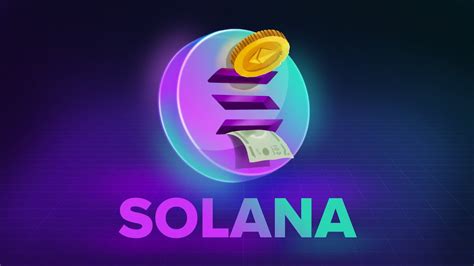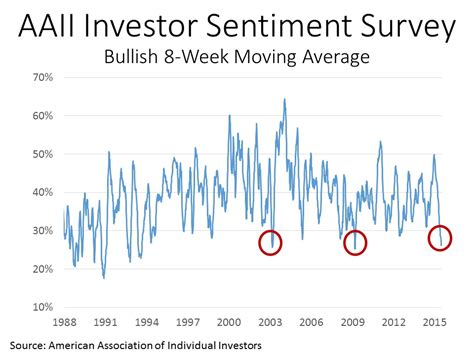Creating a Trading Strategy for Ethereum Classic (etc): A Beginner’s Guide
Cryptocurrency Trading has increased the volatile markets. However, with so many cryptocurrencies available, it can be challenging to make decisions about which ones to trade. Etherem Classic (etc), one of the most active and liquid altcoins on the market.
What is Ethereum Classic?
Ethereum Classic (etc) is an open-source, decentralized blockchain that allows users to build and deploy smart contracts on the platform. Etc.
Why trade etc?
There are several reasons why you might want to trade etc:
- liquidity : etc is one of the most liquid cryptocurrencies on the market, make it easy to buy and sell.
2.
- Community support :
What are the Key Metrics?
Several Key Metics:
- Price : Monitor the current price of etc (Ethc) in relationship to other cryptocurrencies.
- Volatility : keep an eye on the daily and monthly volatility of etc, which can indicate market sentiment.
.
- Trading volume : Monitor Trading volume to identify potential buying or selling opportunities.
Strategy Ideas

Here are a few strategies Ideas to Get You Started:
- Long-term hold
: Invest in etc for the long term and ride out market fluctuations.
2.
- Swing trading : use etc as a swing trade, holding it for 1-3 days to take advantage of its volatility.
Strategy Parameters
To create an effective trading strategy for etc, you’ll need to set some parameters:
- Entry point : Set Your Entry Point based on the current price and market conditions.
- Stop-loss : Set A Stop-Loss Order above or below your entry point to limit potential losses.
.
Strategy Options
Here are some strategy options for etc:
.
- Stop-loss orders with trailing stop-loss :
.
Tools and Resources
Help you create a successful strategy for etc, you’ll need some tools and resources:
- Cryptocurrency Exchanges : use platforms like binance, kraken, or coinbase to buy and sell etc.
.
.
Conclusion
Creating A Successful Trading Strategy for etc Requires Carful Planning and Execution. By






